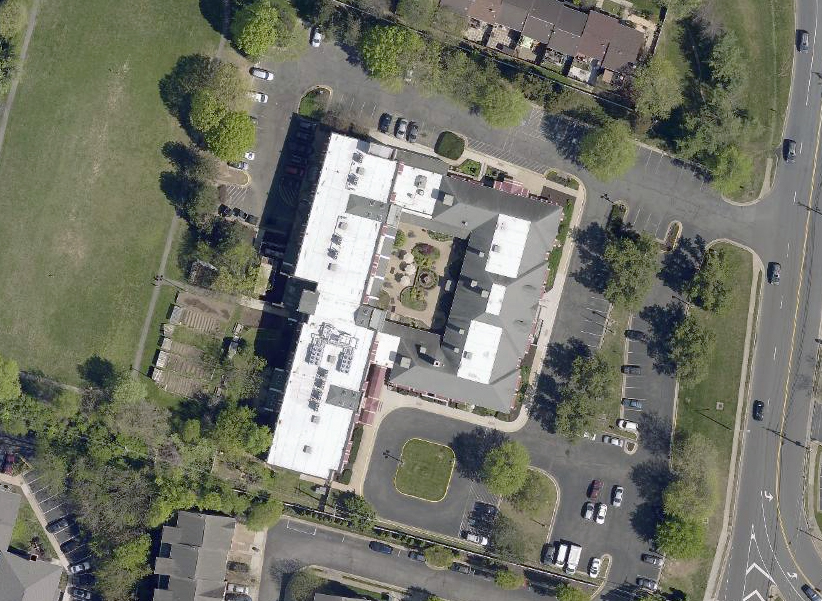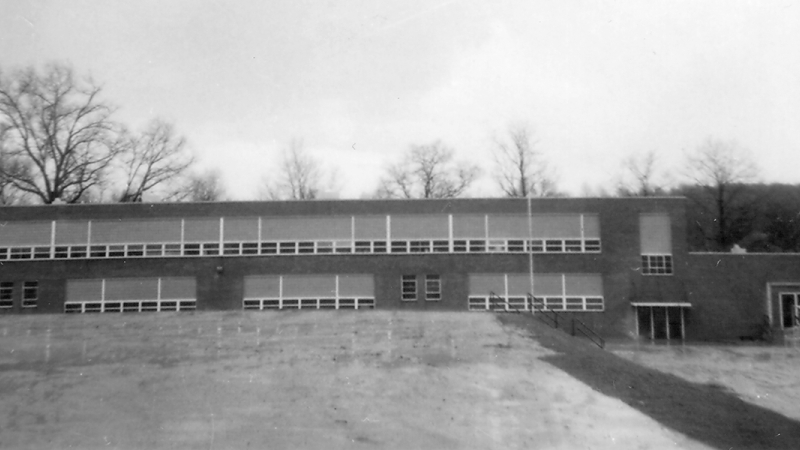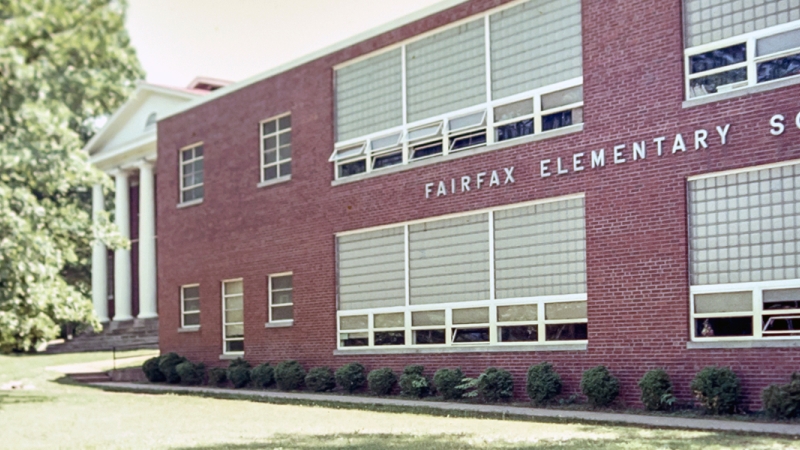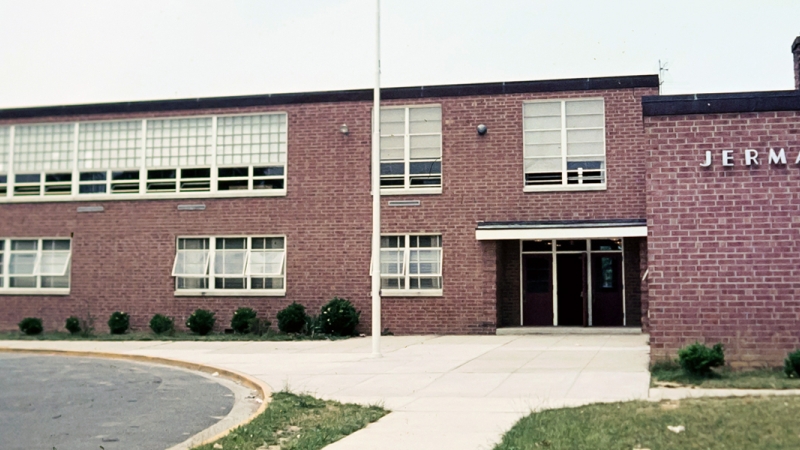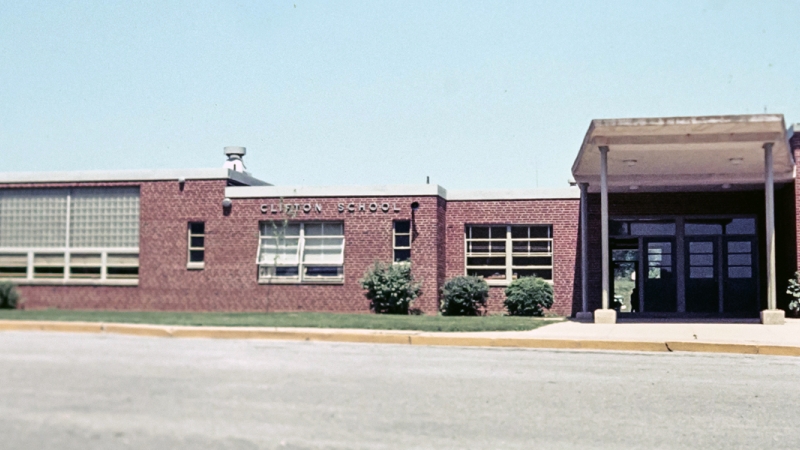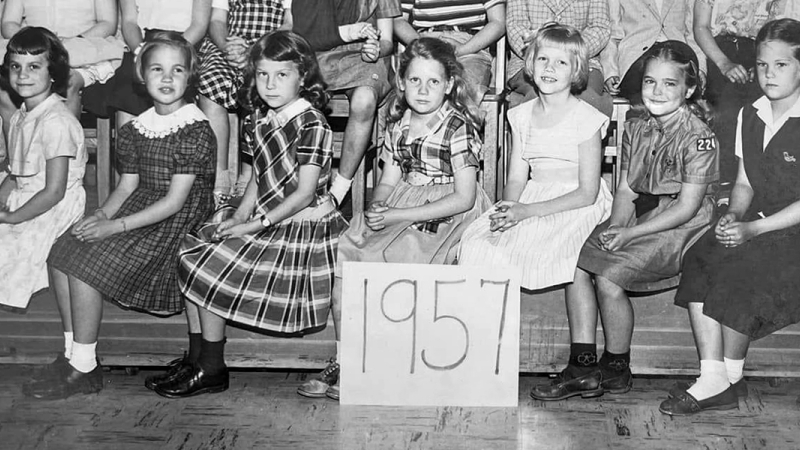
School History: Lincolnia School
Remembering Our Past
The building known today as the Lincolnia Regional Senior Center originally housed two Fairfax County public schools, namely Lincolnia Elementary School and later Lincolnia Center. In April 1941, the Fairfax County School Board purchased five acres of land from James W. Foster in the Lincolnia community for a new school. Built at a cost of $64,632 by the Taylor Manufacturing Company of Farmville, Virginia, Lincolnia Elementary School opened its doors to students for the first time on September 8, 1942. The school’s first staff members were:
| Teacher | Grade Level |
|---|---|
| Nell W. Cooper (Principal) | 7 |
| Marjorie C. Roberts | 6 |
| Elizabeth Lester | 5 |
| Penelope L. Knox | 4 |
| Mildred D. Deavers | 3 |
| Martha H. Snead | 2 |
| Helen V. Artz | 1-2 Combination |
| Mary L. Newland | 1 |
One year after Lincolnia Elementary School opened, Superintendent W. T. Woodson reported to the Fairfax County School Board that the water well at Lincolnia Elementary had begun to run dry. In the summer of 1943, the depth of the well was increased from 136 feet to 202 feet, which restored an adequate water supply to the school for several years. In February 1946, construction began on a two-classroom addition to Lincolnia Elementary School. Built by the E. E. Lyons Construction Company at a cost of $17,400, the new classrooms were completed during the 1946-47 school year.
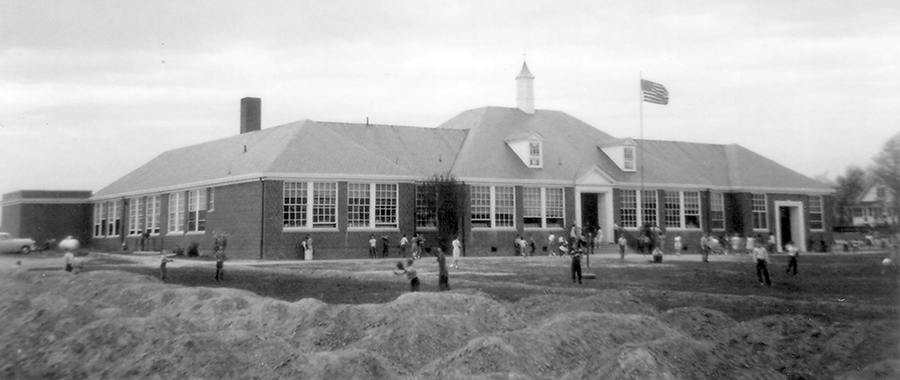
In the fall of 1946, Lincolnia Elementary School had an enrollment of 318 students and eleven teachers. At that time, it was common practice for an elementary school principal to also teach one of the classes in addition to their administrative duties. In 1948, the student enrollment at Lincolnia, and consequently the size of its teaching staff, had grown so large that Principal Virginia Harris was relieved of her teaching duties so that she could focus full-time on school administration.
The growing enrollment at Lincolnia Elementary School in the late 1940s placed a heavy strain on the school’s water supply. By the spring of 1948, the well had once again begun to run dry, so drinking water was delivered to the school by truck. A second well was dug to a depth of 212 feet using dry ice and dynamite, but it failed to strike water. A third well was dug on a distant corner of the school property in the summer of 1948, but records are unclear as to whether this attempt was successful.
In January 1953, construction began on a second addition to Lincolnia Elementary School. Built by Eugene Simpson & Brother, Inc., at a cost of $85,254, the addition, which consisted of a cafeteria, kitchen, teacher resource room, and a new library, was completed before the opening of schools in September 1953.
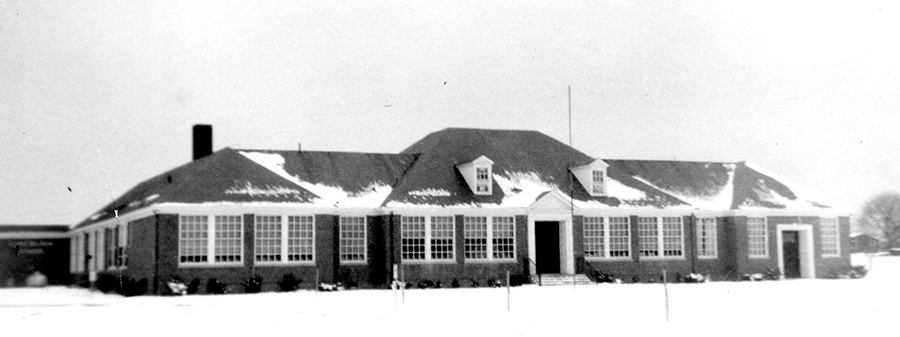
Lincolnia Elementary School Closes
In the fall of 1958, Lincolnia Elementary School’s seventh grade class was reassigned to the newly completed Parklawn School. Parklawn had been designated the pilot site for the county’s intermediate school program. Traditionally, students in grades 1-7 attended elementary schools, and students in grades 8-12 attended high schools. The pilot program tested whether students in grades seven and eight might benefit from a specialized program of study that would ease the transition from elementary school to high school.
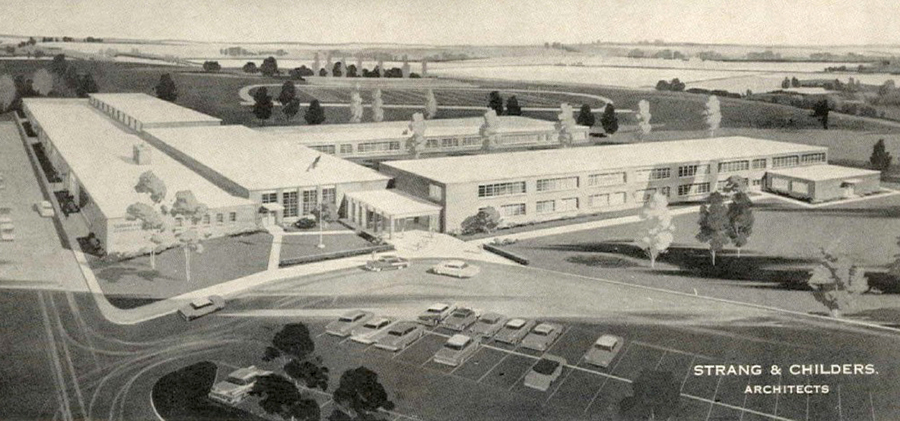
During the 1960-61 school year, Parklawn continued to operate as an intermediate school until construction of Ellen Glasgow Intermediate School was completed in the spring of 1961. After Glasgow opened, the entire student body of Lincolnia Elementary School was shifted to the vacated Parklawn building. In the fall of 1961, Lincolnia Elementary School was used to relieve overcrowding at Annandale High School while that facility underwent expansion.
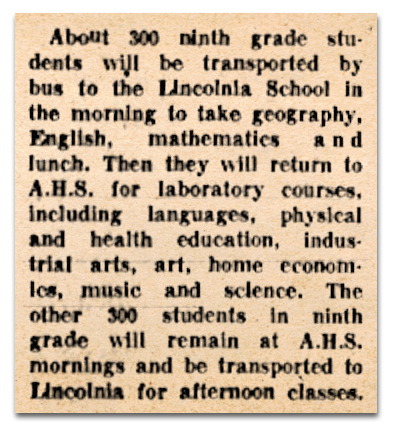
During the 1962-63 school year, while Ravensworth Elementary School was under construction, the students bound for Ravensworth were housed at Lincolnia Elementary School. In 2005, Mary Lipsey, a historian and retired FCPS teacher, interviewed Ruth Miller for Braddock Heritage. Ms. Miller taught a combined class of second and third graders at Ravensworth Elementary School from 1962-1964. She shared some memories from her first year at Ravensworth when classes were held at Lincolnia.
Lincolnia was an older school. It had large classrooms. My room was on the corner of the building, and I had a door out to the playground, which was marvelous, and lots of shelves. And being a science major, I encouraged children, or they just naturally had an interest, to bring in milkweed pods or bird nests, and I’d just put them on all the shelves. It was just marvelous. ~ Ruth Miller
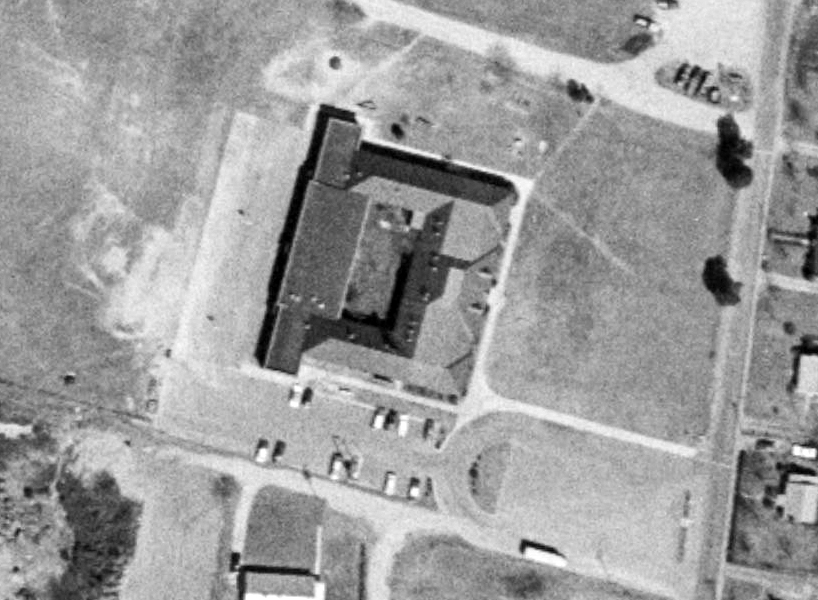
The Principals
The principals of Lincolnia Elementary School were Nell W. Cooper (1942-44), Virginia B. Harris (1944-51), Charles R. Hughes (1951-52), F. Agnes Yeager (1952-55), Floyd W. Worley (1955-57), Carol T. Hyland (1957-58), and Dorothy O. Hoge (1958-61).
Lincolnia Center
In the fall of 1964, the former Lincolnia Elementary School was redesignated as a training center for students with special needs. The school’s library was used as a special education materials and curriculum library, and the teacher resource room housed materials for speech therapists. The Lincolnia Center had a staff of four teachers and six teacher aides who served children between the ages of 8 and 17 with IQs between 40 and 60. The younger students participated in activities related to speech development, self-control, personal habits, group adjustment, and coordination. The center helped older children learn group and family living skills, satisfactory work habits, muscle coordination, how to recognize important symbols and signs, and develop recreational interests.
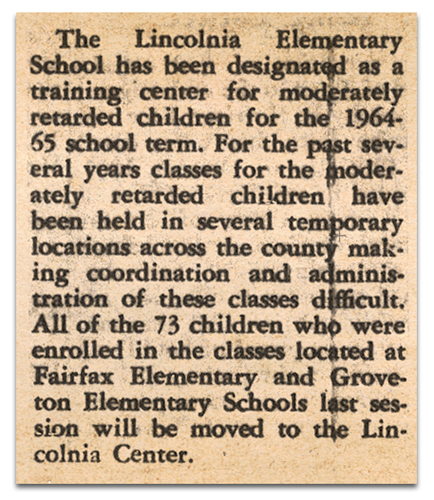
Through the advocacy of the Lincolnia Center’s PTA, the special education program at the school was eventually expanded to include children up to age 21.
The Parklawn Annex
The racial desegregation of Fairfax County’s public schools was a six-year process, culminating in 1966 with the closure of the county’s last two all-Black elementary schools. The closure of the all-Black Lillian Carey Elementary School in 1965 led to overcrowding at nearby Parklawn Elementary School. In September 1965, Lillian Carey Elementary School was redesignated a special education center, and 75 students from Lincolnia Center were moved to that facility.
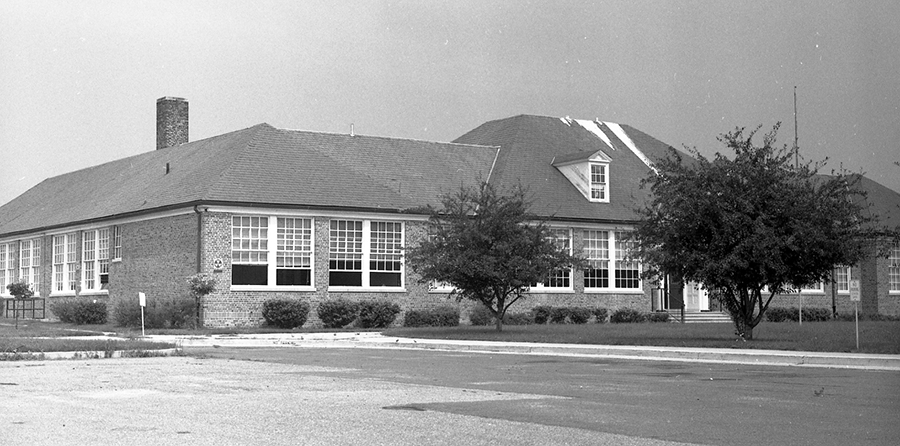
Beginning in the fall of 1965, several classrooms at Lincolnia Center operated as an annex of Parklawn Elementary School. The annex operated for at least two school years, with general education and special education students in the same building.
Fairfax County Public Schools will sponsor a “Special Olympics” for mentally handicapped children at Lincolnia Elementary School tomorrow and at Woodson High School on June 7. About 750 children are expected to enter the competition which includes the 300-yard run-walk, 50-yard dash, softball throw, and standing broad jump. Winners will complete in a regional Special Olympics on June 21 at the University of Maryland. ~ The Evening Star, May 27, 1969
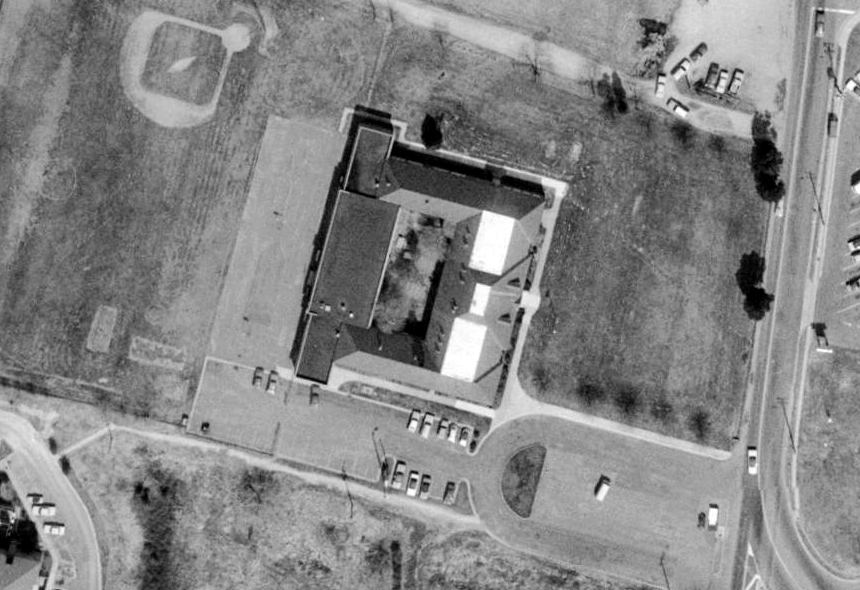
Lincolnia Center Closes
During the 1970-71 school year, Lincolnia Center had a staff of seven teachers and seven aides. In November 1970, Mrs. Marshall Shores, Lincolnia’s PTA president, presented the School Board with a list of recommendations for the school. Mrs. Shores stated that Lincolnia needed:
- A full-time speech therapist
- A full-time physical education teacher
- An additional aide to serve the teachers in a supportive role
- A part-time music teacher
- A part-time art teacher
- Renovation of the electrical wiring system of the school building
During his time as superintendent of FCPS, S. John Davis placed an emphasis on improving the quality of education for students with special needs. Davis’ efforts led to the integration of many Lincolnia Center students at Holmes Intermediate School beginning in 1972. In the fall of 1973, the Lincolnia school building was leased to the “Cooperative School for the Multiply Handicapped.” The school continued to serve as a special education facility until 1983, when the last of its students were moved to a newly established special education vocational center at Marshall High School.
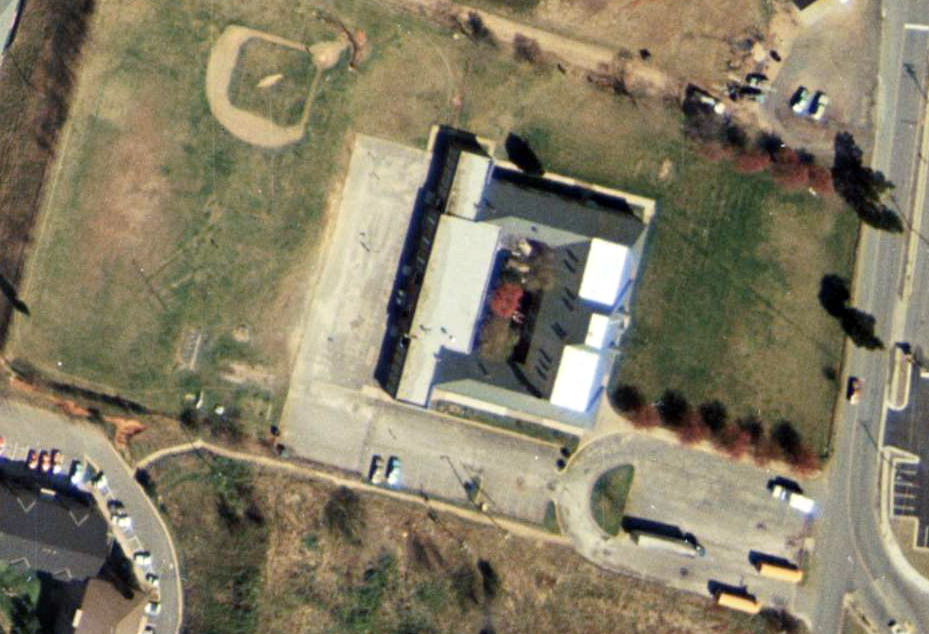
Lincolnia Regional Senior Center
In 1983, the School Board declared the Lincolnia Center surplus property and ownership of the building was transferred to the Fairfax County Board of Supervisors. At that time, there was a severe shortage of independent living and assisted living housing in Fairfax County for the elderly, so a proposal was put forward to convert the former Lincolnia school building into a home for low and moderate-income senior citizens. The proposal was approved, and, in February 1987, work began on a $6.1 million conversion and expansion of the old Lincolnia School. The Lincolnia Regional Senior Center opened on November 16, 1989. On May 3, 1990, the Washington Post reported:
The center combines a host of programs and services under one roof for both well and frail citizens over age 55, some of whom live at the center full-time and others of whom visit during the day for meals and activities. There are 26 efficiency apartments complete with kitchenettes for independent seniors. The center also has a licensed home for adults with 25 double-occupancy rooms that are shared by 52 seniors who are not capable of independent living and need assistance from the center’s full-time staff. In addition, there is an adult health day-care center for 40 people, most of whom arrive each day by bus, and a recreation center with three pool tables that can serve another 150 persons. The recreation center is in the old, refurbished Lincolnia Elementary School, and the housing and day care area are in a new, three-story brick addition attached to the back.
